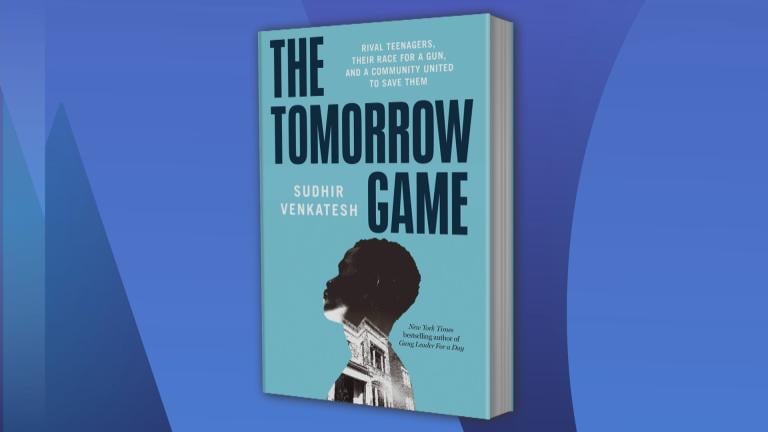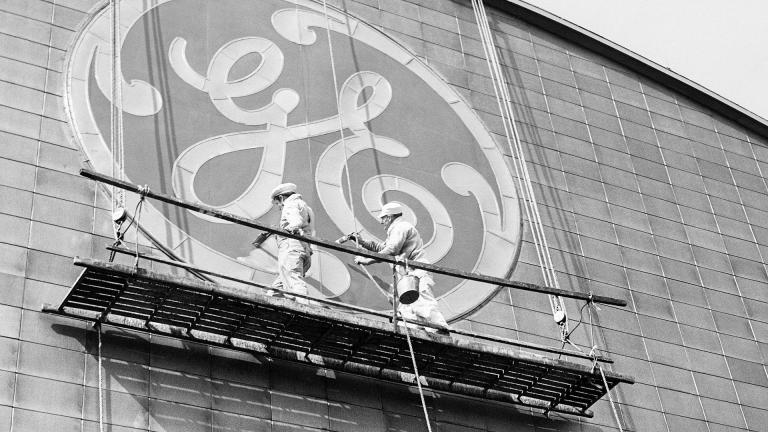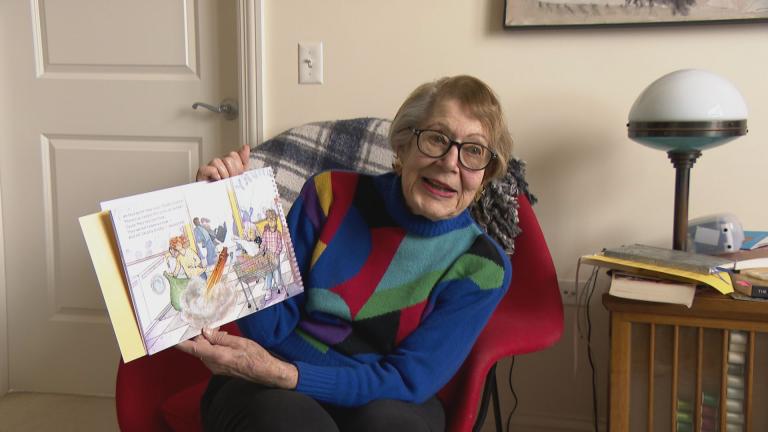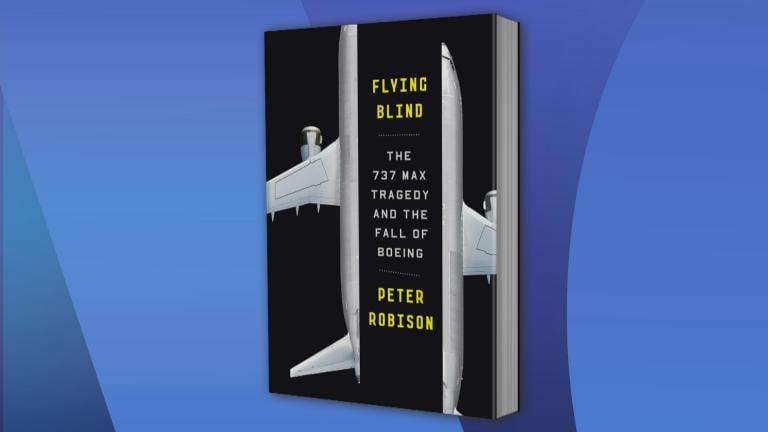Canada is America’s most trusted friend and ally, but that relationship is at risk.
That’s according to former U.S. Ambassador to Canada Bruce Heyman and his wife, Vicki. The couple explores that argument and their time with America’s northern neighbor in a new book they co-authored.
It’s called “The Art of Diplomacy: Strengthening the Canada-U.S. Relationship in Times of Uncertainty.”
“It’s a book about partnerships – partnerships between countries, like the U.S. and Canada; partnerships between Vicki and Bruce; and partnerships and relationships between the people we met along the way during our time in Canada,” said Bruce Heyman.
The ambassador, who served under the Obama administration from 2014-2017, said the relationship between the two countries under the Trump administration concerns him.
“[President Donald Trump] thinks of ‘The Art of the Deal’ as a kind of a binary outcome,” he said. “So if I’m going to win, somebody’s got to lose. In ‘The Art of Diplomacy,’ it’s about win-win solutions and outcomes and working together for good outcomes.”
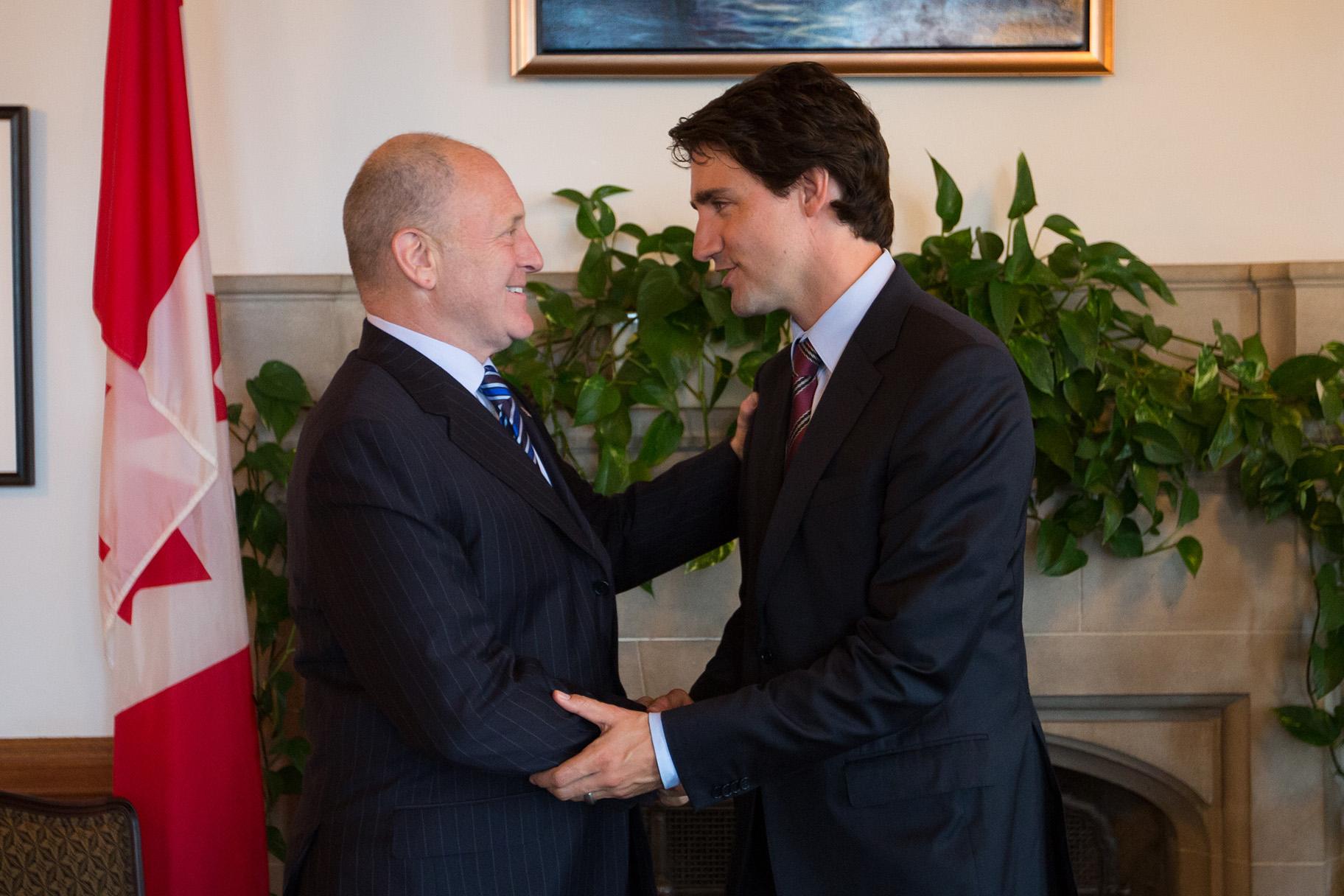 U.S. Ambassador to Canada Bruce Heyman, left, and Canadian Prime Minister Justin Trudeau. (Courtesy Uncharted, LLC)
U.S. Ambassador to Canada Bruce Heyman, left, and Canadian Prime Minister Justin Trudeau. (Courtesy Uncharted, LLC)
For Vicki Heyman, working together means conversing with art at the center of the conversation.
While living in Canada, she created a series for American artists to visit Canada to display and talk about their art.
“I’m a true believer in the power of art and artists to connect us on really tough issues,” Vicki Heyman said. “I thought I don’t want to just bring art; I want to bring the social impact of artists to Canada to talk about these issues, and I was lucky enough to really secure extraordinary leaders of the contemporary art world to come to Canada.”
One of the artists she included in the series was Chicago-based artist Theaster Gates.
“These conversations have become the legacy of our tenure,” she said.
Below, an excerpt from “The Art of Diplomacy.”
We Are Family, No Matter What
Relationships between countries are no different from relationships between people. They take work and commitment. They are based on honesty and trust. When that trust breaks, the relationship will show the signs of stress. And if those stresses become too grievous, the relationship will suffer. No one wants that.
In relationships, we strive for harmony and peaceful co‐existence, even if we are different; even if we disagree. When it comes to international relationships, I can think of few better than the one shared between Canada and the United States of America. I care deeply about that bond. It’s very important to me and to so many American citizens. I know, too, that it’s a relationship of deep importance to many Canadians.
But before I go any further, I’d like to properly introduce myself. My name is Bruce Heyman. I served as American ambassador to Canada from April 2014 to January 2017.
I also want to introduce my wife and co‐author, Vicki Heyman. There’s no such thing as a co‐ ambassador, but if there were, she would have deserved that title and probably many more besides. For three wonderful years, we worked side by side as American political and cultural envoys to the incredible country of Canada, and during those unforgettable years, we grew to love its people, its heritage, its history, its landscape, and, above all, its values. One thing is for certain: Canada—and Canadians—changed us for the better. The experience of living there and learning from its citizens has enriched us in profound ways.
That’s all fine and good, you may be thinking, but why write a book about it? And to what end? Let me explain.
We are at a key moment in the history between our two countries. As friends, allies, partners, and neighbors, no two countries have it better than Canada and the United States. We share the world’s longest non‐militarized border. There is no wall between us—yet—and it is our sincerest hope and belief that there will never be one. We have protected each other through the North American Aerospace Defense Command (NORAD) for six decades. Together, as members of the North Atlantic Treaty Organization (NATO), we have assisted in the safeguarding of Europe. Annual trade between Canada and the United States exceeds U.S. $670 billion. Both of our countries should be tremendously proud to have been part of the world’s largest trilateral trade relationship, the North American Free Trade Agreement (NAFTA), and to have negotiated a new trade deal, the United States–Mexico–Canada Agreement (USMCA), which should cement our trade partnership in the future. Through trade, Canada supports millions of U.S. jobs, a fact that I know for certain many Americans sincerely appreciate— although I’m not always certain this message is making its way across the forty‐ninth parallel.
As friends and neighbors, our relationship has always been the envy of the world, and rightly so. Canada is—and hopefully always will be—our best friend, reliably by our side throughout times of prosperity but also through war and conflict, economic struggles and political upheavals. As countries, you can’t select your neighbor, but you can select who will be your most trusted friend and ally. Americans have chosen well. We’ve chosen Canada.
As Americans, we currently have a leader, President Donald Trump, who is systematically poisoning this most important relationship with our closest neighbor. It has taken generations of work and commitment to build such a strong, familial bond, and now that relationship is under stress. It is in peril. Trust and honesty are being eroded through lies and intimidation. The president and his administration are consistently threatening the relationship with our foremost ally while at the same time ignoring other countries that are intent on doing us harm.
During my years as ambassador, the most important lesson I learned about Canada‐U.S. relations was this:
We are family, no matter what.
Vicki and I learned this every day, through countless experiences with Canadians from coast to coast to coast.
We learned it when we met with Indigenous peoples in the North who taught us to treat the land—and each other—as sacred.
We learned it when we were welcomed to Canada in two official languages.
We learned it when Prime Minister Justin Trudeau and Sophie Grégoire Trudeau shared with us their dedication to improve the lives of all Canadians and to protect the environment, human rights, and freedoms.
We learned it from the thousands of Canadians who sponsored Syrian refugees and welcomed them into their homes and communities.
We learned it from the people of Gander, Newfoundland, who opened their homes and hearts to thousands of stranded U.S. travelers in the days after 9/11.
We learned it in soup kitchens where we experienced so much kindness and appreciation from newcomers to Canada who had so little.
We learned it from an old fisherman in Peggy’s Cove, Nova Scotia, who held colorful starfish in his hands and lamented that they were disappearing from the sea.
We learned it from the tens of thousands of vibrant young Canadians who participated in annual WE Day events, engaging in charitable and community service to help others less fortunate than them.
We learned it when we visited the Peace Arch, a monument on the border between Washington State and British Columbia. “We are children of a common mother” reads the inscription on the American side. The Canadian side reads, “Brethren dwelling together in unity.”
Family. We are family no matter what—whether we’re north of the border or south of it, and regardless of our differences.
This book is narrated by two voices: mine and Vicki’s. Some chapters are told through her perspective, while others are told through mine. This is, after all, a book about relationships and points of view, about respect and roles, and about the personal blending into the political. In some ways, a marriage is not unlike a relationship between two countries. In a marriage, you need to know when to walk side by side, when to lead and when to follow, when to push and when to pull, when to speak and when to listen, when to support and when to challenge. The success of bilateral relations—again, not unlike a marriage—depends upon the delicate dance between partners. It’s a dance that requires respect and empathy.
And to carry this further, no two countries are alike. Neither are spouses. As they say, opposites attract. Vicki and I are very different from each other. And yet we shared the same goals as we approached our diplomatic mission: to strengthen the relationship between Canada and the United States, and to contribute to a long‐lasting friendship that will withstand the test of time. I made my contribution by working within the realm of politics to promote bilateral trade, to responsibly balance energy needs with environmental sustainability, to enhance the border experience for travelers, and to promote national security across North America. Vicki, meanwhile, made her contribution through her unfailing ability to connect to people on a human level, through culture and the arts, and through building community.
I’m often asked what an ambassador does, and the truth is that each one operates in his or her own way. Vicki and I chose to operate as a couple—“two for one,” as then Vice President Joe Biden told the crowd at the U.S. State Department at my swearing‐in ceremony. In the end, we decided it would be best for me to accept the official post and for Vicki to do her work in the community. Barack and Michelle Obama knew intimately what it meant to work as a couple toward a shared goal, and in those early days in Chicago, when Vicki and I supported the first Obama presidential campaign we saw—and very much respected— how they both went about their work in different ways but always to the same end.
So here, in my estimation, is what an ambassador does. In essence, the United States ambassador to Canada represents the president of the United States, and, in my case, that was President Obama. I was to protect and promote American interests while acting as a conduit to Washington for any Canadian concerns. I was, in effect, the middleman between two countries. The post entailed a fair share of welcoming visitors, shaking hands, and giving speeches, but it also involved many important files and portfolios, including sensitive communications between the two countries regarding defense, trade, border is‐ sues, commerce and foreign affairs, and a variety of geopolitical issues. I was also in charge of seven consulates throughout Canada providing services to Americans, Canadians, and foreign visitors from around the world.
I finished my term of office on January 20, 2017. I had come to think of Canada as my home away from home. Both Vicki and I struggled with leaving and returning to the United States, a country that politically was looking like a very different place from the one we’d left just three years before. I can’t help but fondly recall Vicki’s final tweets from Ottawa on the day before we were leaving:
At 8:15 p.m.: “Many thanks. We feel such a part of the Ottawa community. It’s very hard to say goodbye.”
At 8:16: “We are leaving a bit of our hearts with you!”
At 8:20: “#Canada what a spectacular country . . . Thanks for sharing your stories, land, and hearts with us.”
Since returning home to the United States, Vicki and I have watched as our forty‐fifth president, Donald Trump, has threatened our trade relationship with Canada; as disputes have arisen over steel and aluminum tariffs; as our bilateral relationship has been strained by discriminatory travel bans; and as refugees have fled America and sought safety in Canada because of the current administration’s reckless approach to immigration and asylum seekers.
My formal role as ambassador has ended, and yet, in some ways, I feel it is just beginning. It is our duty as citizens to speak up about the importance of strong Canada‐U.S. relations and to remind citizens of both our countries about all that we have in common. This book is about relationships. It’s a love letter to Canada, our neighbor and best friend. In these pages, Vicki and I have united our voices to speak loudly about our affection for Canada and Canadians. We continue to be very optimistic about the U.S.‐ Canada relationship. Ordinary citizens have kept this relationship strong for centuries. And no one person has the power to change that.
We want to build bridges, not walls, because as the poet Robert Frost knew well, good fences do not make good neighbors. It’s time for all of us to come together, take a stand, and work together for unity and positive change.
Let’s embark upon this journey, as neighbors, as family, and as good citizens of the world.
Excerpted from The Art of Diplomacy: Strengthening the Canada-U.S. Relationship in Times of Uncertainty Copyright © 2019 by Bruce Heyman & Vicki Heyman. Reprinted with permission of Simon & Schuster Canada, a Division of Simon & Schuster, Inc.
Related stories:
Former Homeland Security Chief Asks, ‘How Safe Are We?’
Valerie Jarrett Outlines ‘Journey to the West Wing’ in New Memoir
Former NATO Ambassador Says Trump Abdicating Global Leadership
Michael Beschloss Sheds Light on ‘Presidents of War’ in New Book


